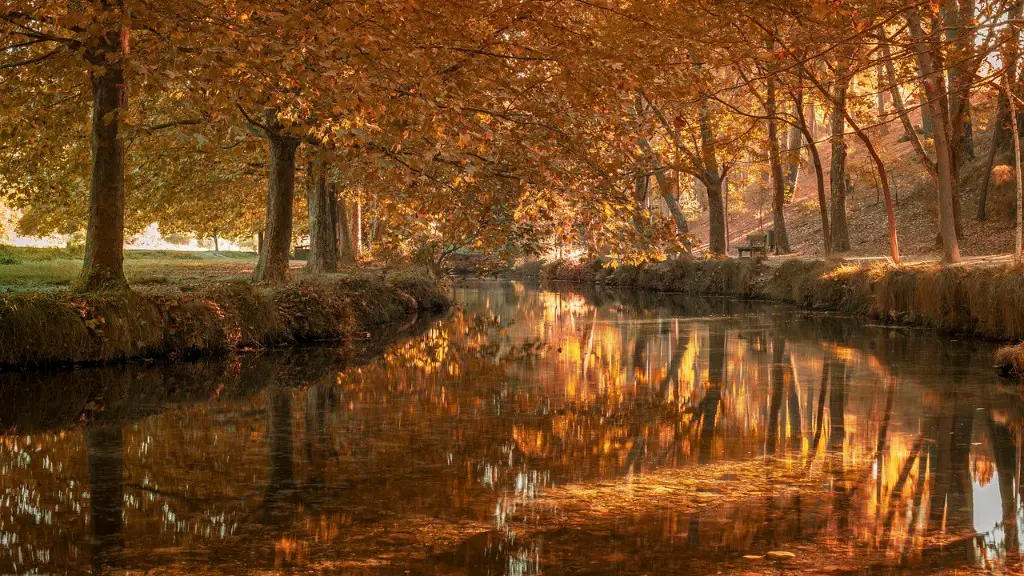Introduction
The novel coronavirus outbreak has pushed many parts of the world into lockdown and political chaos. In stark contrast, the unprecedented floods of the Yangtze River, known as the “Great Flood of 1931”, were caused by one of the longest and deadliest episodes of extreme weather. Despite the passage of nearly 90 years since this historic natural disaster occurred, the impacts are still felt today, heavily impacting communities that live along the Yangtze River and beyond.
Background Info
The Yangtze River is the longest river in Asia and the third longest in the world, spanning over 6,300 kilometers from Qinghai province in the source region of the Tibetan Plateau to Shanghai in eastern China. The river, which is known for its unique geography and history, is a lifeline for millions of people in central and eastern China, providing a vital water source for irrigation, hydropower, fishing, freight navigation and transport.
How did it start?
The Great Flood of 1931 was triggered by heavy rain that fell from May to August of 1931, described by some reports as the greatest precipitation in over half a century. The rain began in late May and quickly built up over the summer. By late June, the basin of the Yangtze River upstream had become saturated, causing the levees to breach, followed by a relentless, devastating surge of water that lasted several weeks. According to some reports, some parts of the river rose to nearly 8 meters above the traditional water level. By August, the flooding began to subside, leaving millions homeless and millions more dead and injured in its wake.
Impact of the Flood
The 1931 Yangtze River flood is considered to be one of the deadliest natural disasters in history, resulting in the displacement of an estimated 30 million people and an estimated death toll of nearly 4 million. The social, economic and environmental impacts were far-reaching and devastating. Many cities and towns along the river were totally destroyed and entire populations swept away. Agriculture and industry, were both heavily affected by the flood, prompting drastic food price hikes and pushing many people into poverty. The environment of the Yangtze River also suffered, with ecosystem collapse and die-off of several species.
What was done to prevent a recurrence?
In the aftermath of the Great Flood of 1931, the Chinese government took decisive action to prevent a recurrence of the disaster, building a flood control system of levees and dams to protect the population and land from flooding and improving agricultural and industrial production. Since then, major efforts have been made to conserve the Yangtze River environment, including restoring lost wetlands, increasing water conservation, improving water quality and reducing pollution. Additionally, an effort to control erosion has been undertaken by planting trees along the riverbanks in areas vulnerable to river flooding.
Climate Change Impact
Recent evidence suggests that climate change may increase the severity and frequency of such extreme weather events. Warmer temperatures are resulting in heavier and more prolonged periods of rain in the region, which could lead to more catastrophic floods in the future. According to experts, the fragility of the current flood control system and the lack of preparation for extreme floods may lead to more devastating disasters in the future.
More Recent Floods
The 1931 Yangtze River flood is not the only significant flood to occur in the area in recent years. In 1998, the Yangtze River basin was hit by the worst flood in 44 years, with a death toll of over 4,000 people and damages totaling almost 60 billion yuan. Since then, the Chinese government has increased efforts to monitor and manage flood risks, deploying an extensive network of early warning systems and implementing a wide range of preventative measures to reduce flood risks. Still, experts warn that climate change may be increasing the risk of similar disasters in the future.
Environmental Damage
The devastating floods of the Yangtze River basin have had a profound impact on the environment of the region, resulting in severe water pollution, loss of wildlife habitat and soil erosion. The impacts have been most severe in the low-lying areas close to the river, where population pressures, industrial development and deforestation have all contributed to an already-fragile ecosystem. In recent years, there has been a concerted effort by the Chinese government to reduce environmental damage and to restore the ecosystem of the Yangtze River basin through reforestation and wetland conservation.
Social Impact
The floods of the Yangtze River basin have not only taken a toll on the environment, but also on the people of the region. With the loss of lives and homes, the communities in the area have been devastated, leading to a displacement of millions of people and a continuous struggle for many to rebuild their lives. The Chinese government has been working on providing aid and assistance to those affected, but it is still a long road to recovery.
Conclusion
The 1931 Great Flood of the Yangtze River basin was one of the most catastrophic natural disasters in recent history, resulting in the displacement of millions of people and an estimated death toll of 4 million. The impacts of the flood are still felt today, both in the environment and in the lives of those affected. With climate change resulting in heavier and more prolonged periods of rain and the fragility of the current flood control system, more devastating floods may be lying in wait in the future.


